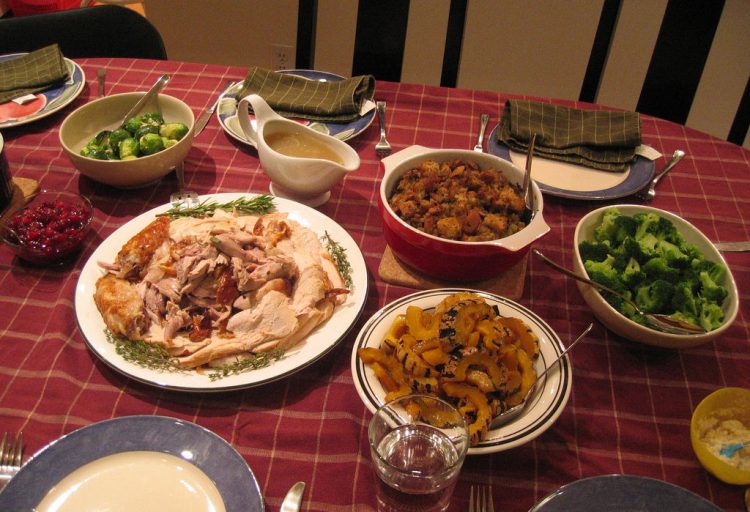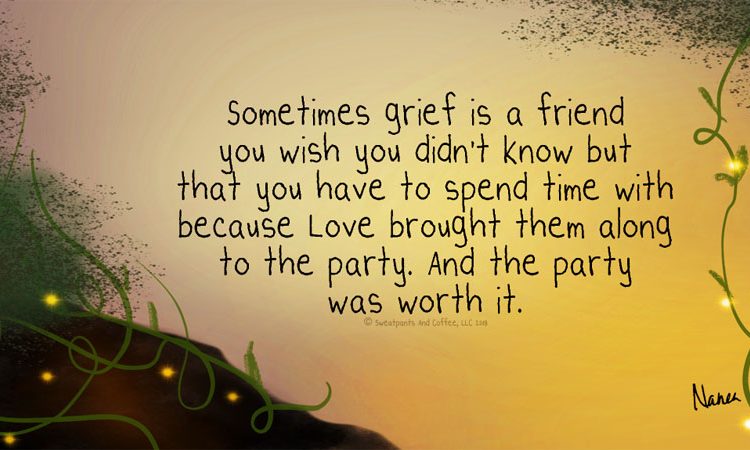My father grew up in an abandoned house in Pālama, one of the less reputable parts of Honolulu. He didn’t even wear shoes until middle school, which was mostly fine because it was never cold enough, really, to need them; as long as you watched your step, you were all right. More accurately, the family home had been condemned, but it, too, was mostly fine. I don’t know how they found it, but it must have seemed like a godsend, standing empty and unclaimed. There was one rotten floor board, but you could avoid it the same way you’d avoid broken glass while walking barefoot to the elementary school where the teacher made you choose an English name (Walter) because Hisaaki (hee-sah-ah-kee) was too hard to say.
His father was a butcher, known mainly around the neighborhood as “Butcha.” He slaughtered chickens in the backyard and brought home leftovers from the shop to feed the family. You had to get creative when feeding a family of seven kids. Grandma would grind up the unwanted scraps of meat for stuffed bell peppers, my dad remembered fondly. Poor folks in Hawaii ate well but cheaply. Canned goods like Spam and tuna fish, filling sources of protein which kept indefinitely, were staples, as was canned corned beef. The Japanese (and the Okinawans who were a distinct subgroup of the Japanese diaspora) adopted these foods into their cooking. It would be called “fusion” these days. They fried slabs of Spam in shoyu, mirin, and sugar, put them on top of rice, and wrapped them in nori: Spam musubi. They mashed the corned beef with potatoes and bread crumbs, and they became “corn beef hash” –– served even today in any local okazu-ya, which is the Japanese version of a deli. Breakfast was often saloon pilot crackers, a slightly sweet version of the hard tack sailors brought to Hawaii on sailing ships, crumbled in a dish of coffee, milk, and sugar. And then there was the ubiquitous “umbusa,” Okinawan stir-fry made with the cheapest cuts of beef, pork, or chicken, eked out with bok choi or bean sprouts.
Despite these humble origins which valued the practical over the sentimental, Dad had the eye of an artist and the heart of a poet. Those dreams went largely unrealized as he was forced to drop out of college in order to help support his younger siblings. He took a job as an a interior designer for a commercial furniture supply company where he was limited to using his talents bringing blue prints to life for customers who needed help visualizing lighting fixtures and tiles in their retail space. But his sense of aesthetic never left him.

I think that’s why he loved lemon meringue pie. The creamy yellow wedges with fluffy clouds of sugared, beaten egg whites floating on top must have looked so elegant. If you came from people who ate slices of white bread spread with condensed milk for dessert, lemon meringue pie (even the name was fancy) might seem like the height of sophistication, especially during his beatnik phase. I imagine him in a black turtle neck, drinking black coffee and eating pie, listening to rebel poets in smoky rooms.
I don’t remember dessert being a part of our lives until we began eating out regularly after my mother’s early retirement from the phone company. In fact, her retirement was the beginning of a second career where she sold handmade jewelry and shell lei at craft fairs and festivals. It left her with little time or energy for cooking. We ate at family-style restaurants or mom and pop diners – the kind with pies under glass up by the cashier, where they also sold rolls of Lifesavers and Certs next to the register. My sister and I loved the metal cups of chocolate pudding or Jello parfait, but Dad would study the meny before making his selection. Sometimes, it was Dutch apple or “Dream pie” (chocolate mousse in a graham cracker crust topped with whipped cream and chocolate shavings), but more often than not, it was lemon meringue.
It’s not even my favorite but every once in a while, I’ll have a sweet, tangy slice and wash it down with a cup of coffee, just like he would have.





Leave a Reply